When Padraig Harrington arrived through the gates of Adare Manor in 2007, something was different. Having turned professional twelve years prior, the Dubliner had enjoyed 14 wins across both sides of the Atlantic but missing from his resume were two distinct honours – that of Major championship glory and an Irish Open crown.
Ireland’s leading player at the time, the burden of home expectation often weighed heavily on Harrington’s head; the home crowd itching for a first Irish born winner of an Irish Open since John O’Leary’s famous triumph at Portmarnock in 1982.
“It affected me a huge amount early on,” Harrington admits. “I really felt it was very off-putting – there was nothing but stress around the Irish Open.
“I interpreted it as wanting to win, and that people expected me to win, and I felt like I was letting them down. It took me a while to realise that people would actually like me to win this, they’re not disappointed if I don’t. They’re hopeful, so don’t let it be ‘I’m failing’ if I don’t win here.”
“Golf is tough to win on order and coming into an Irish Open, I was being asked to win from Thursday morning, whereas most golf tournaments, you can play Thursday, Friday, Saturday and you don’t come under pressure until the Sunday. In the Irish Open, you’re starting the tournament under the spotlight as if you’re leading, so you have to play four days as the leader, and that’s tiring.”
By the time 2007 rolled ‘round, a maturing Harrington, then 35, had come to an important realisation. Not only was less in fact more when it came to tournament week, especially given the plethora of co-curricular demands that arise for the home contingent, but that it was also time to accept that the Irish Open was no ordinary week on his schedule.
“I was getting much better at that stage,” he says of the 2007 renewal. “The first thing you’ve got to realise, it’s not a normal week, that’s the key. Later on I turned it into; ‘don’t do all your own work, take the time, your family’s there, enjoy yourself and see what happens’.
“It’s not a week to practice. I would say in my first few Irish Opens, I would’ve played 54-holes of practice. From 2007 onwards, at most I would play 18-holes of practice. I do less at an Irish Open now than I’d do at a regular event.
“And it’s the same at a Major. They’re not practice tournaments – you’re there to be mentally strong, especially so if you get yourself into contention on Sunday so the best way to do that is to chill out as much as you can.”
It was a complete mental overhaul for Harrington, a player synonymous around the world for his unrivalled work ethic, often spotted as the last man leaving the practice range at night. But change was necessary, the Stackstown product accepting that in order to maximise his performance on the fairway, he needed to minimise activity off it.
“It’s a manic week for the home players,” he continues. “Everyone is looking for content on top of all the other demands and on top of that, you’re meeting people you haven’t seen in a year and you can’t just blank them!
“They could be a friend of yours, or someone you played with as an amateur, so if I don’t stop I feel bad and if I do stop I feel bad because it’s eating into my practice time. The way to do it is cut away the practice time.”
If 2007 was the first year he properly tested the theory, then reassurance was instantaneous as the crowd favourite went into the final round in Co. Limerick holding a three-stroke lead. Local support hoped for a stress-free procession on the sabbath, the sight of a smiling Harrington in cruise control down the stretch, but Welshman Bradley Dredge had other ideas, forcing a playoff with the man carrying the hopes of a nation on his back, a cross previously too much to bear.
Fortunately for the fairy-tale seekers, Dredge found trouble from which he could not escape on the first extra hole, a par enough for Harrington to banish the 25-year home hoodoo at long last.
“I think the Irish Open was a Major for me,” he says of the win’s significance. “Crossing that line, being able to handle the pressure at home, there was more stress at an Irish Open than there was at a Major so 100%, winning it was a huge boom for me to say ‘yes, you can manage yourself in a week of one of these tournaments, you can peak and deliver when you need to’.”
Indeed, the belief instilled in Harrington’s psyche was in full swing when the blacks of his eyes zoned in on a maiden Major title just two and a half months later at The Open at Carnoustie.
A near fatal calamity at the 72nd hole where he took two dips into the Barry Burn looked to have denied him his chance at the Claret Jug before Sergio Garcia bogeyed the last, meaning a playoff between the Spaniard and the Irishman, another pressure cooker faceoff for Harrington to absorb so soon after Adare.
“I don’t think it matters what it’s for… the pressure I feel in a playoff would actually be less than the pressure someone’s feeling with a putt to win the Captain’s Prize,” Harrington says.
“If you had a ten footer to win the Captain’s Prize, I guarantee I’m not feeling any more pressure to hole a 10 footer to win the Open. Everyone gets to a point of pressure that you’re at saturation point, adding in more doesn’t make any difference.”
But we had to know – was it against Dredge or Garcia that the pressure told most?
“At the time I’m sure they were the same but memory says the Open because I can remember every shot vividly at the Open,” he says.
“But I’ve a good attitude in playoffs. If I was in the lead by a few shots, I struggle in that position where I have to hold onto something. In a playoff I’m prepared to put myself on the line, take a chance and go for it. I don’t fear losing in that situation. I only fear losing when I’m ahead. If I had a six shot lead, that would put me under a lot of pressure!”
As history now states, Padraig prevailed on both occasions but such was the enormity of his triumph at Adare, it’s hard to imagine his claim to the Claret Jug without what came before. That pressure valve that contained 25-years of Irish will spilled out across the 18th green in Limerick in ‘07 and there to pass the torch to Padraig was the man accosted for quotes each time an Irish Open came to town since 1982.
John O’Leary sadly passed away in March of this year but not before seeing the likes of Harrington, Shane Lowry and Rory McIlroy follow in his footsteps as home winners of the Irish Open. How special then that Harrington could share such a titanic moment in Irish sport with O’Leary at Adare.
“He said something along the lines that he was thankful to pass on the baton to me,” Harrington remembers. “Mind you, I didn’t hold it for as long as he did!
“They were constantly reminding John that he was the last man to have won the Irish Open but he was very happy to see time moves on, and it had moved on, and he was happy to see me take up that baton. It was very nice.
“It’s one thing you have to learn in sport, that time does move on, that new champions come along and for your own sanity you have to be happy for them. Look, I’m not competing against the young guys.
“If some guy comes out and does something better than me, fair play to him, you’d go mad if you thought any other way and I certainly got that from John O’Leary at that time; he wasn’t a bit sad to lose his ‘last man to win the Irish Open’ tag.”
And so to September, 2020 and what was meant to be a Ryder Cup week is now an Irish Open at Galgorm Castle.
“Gee whizz, I really wanted to win that week in September, but I think I’d sooner take the Ryder Cup win,” says the European Team Captain with a wide smile.
“With the Ryder Cup, it was a relief it was postponed in the end, there were so many complications behind the scenes. Hopefully we’ll have a great Ryder Cup next year but hopefully we’ll have a great Irish Open this year.
“I’m looking forward to playing Galgorm. I hear it’s quite tight with lots of rough so it mightn’t be my favourite style of golf course but hey, we’ll make do with what we get.”
Exactly where Harrington’s own game stands remains to be seen with his name noticeable by its absence since the restart post-lockdown. Sooner found on twitter delivering his swing tutorial videos to the masses in recent weeks, Harrington’s success over the past 25-years meant he was able to weigh up the pros and cons around his own return and the results were unanimous.
“Tempted? Yes, I had a look at different things,” he admits. “Obviously I could’ve played all those PGA Tour events and then I was trying to gear up for the PGA Championship, but with all that’s going on with the virus, you don’t want to be a burden.
“I’m in a position that you just don’t want to be a burden and add to any pressures that are out there. Individually, I’m in a great set-up here. I’ve enjoyed being at home with my kids. I can see everybody’s side of this and I think it’s great that the Tours have got their events going and are giving opportunities to players who wanted to play.
“I was comfortable with waiting it out and seeing how things pan out. I’m quite an optimistic person but when it comes to things that can be life changing, you’re better to be a little bit cautious and certainly that’s something that I would be when it comes to this virus.
“You just don’t want what it can leave you with and we’re still trying to understand all the complications of it so I’ve been happy to sit out. I’ve played golf for 25 years out on Tour, I don’t have to go out there and play but I do appreciate that other players do.”
Harrington’s stance is admirable, particularly given the ever-changing face of Covid-19 that has seen spikes in cases in recent weeks. The difference with the Irish Open is that it grants Harrington the option of a quick spin up North, cutting out the risk-factor and any moral struggles he’s contemplated about playing further afield.
Even upcoming Rolex Series events across the pond at the BMW PGA Championship and the Aberdeen Standard Investments Scottish Open can’t tempt Harrington into a sustained run of play this year, and with the Ryder Cup qualification process postponed until January, he’s also free from Captain’s duties that could’ve forced his hand elsewhere.
“I don’t really feel like the Ryder cup captain until the first of January,” Harrington says.
“I’m going to play the Irish Open because I can drive up there and drive home, that’s it – I can go into Northern Ireland as things stand and go back and forth.
“I’m not going to go into the UK, I don’t see it as necessary and I think it causes a huge amount of trouble for my family if I have to isolate away from them for two weeks when I come home. My kids are in school, I’d hate to have to sit in the same house and not see anybody so it’s too much for me. It’s something I don’t have to do, so why do it? It’s a burden too far for me.”
What wouldn’t have been a burden too far for the three-time Major winner was a return to his roots for a go at the recent Irish PGA Championship at Roganstown. A six-time winner of the event, the esteemed Dubliner admits a shot at the seven-timer wasn’t on his agenda before it was too late.
“I didn’t put two and two together so it wasn’t really on my radar and then when I was thinking about it, I couldn’t have walked 18 holes at the time,” he says.
“This knee injury,” he adds, pointing to an Infared Therapy band strapped around his knee, an injury sustained through his relentless bashing of balls in his lifelong pursuit of speed, “I can hit golf shots with it – frustratingly I can hit them indoors because I don’t follow through off my right leg.
“When I go outdoors I get a bit more lateral but it’s the walking, locking my leg out, that gives me the worst pain. I wouldn’t have been able to walk the 54 holes, so unless I could get the John Daly exemption of a cart, it just wouldn’t have worked for me!”
The injury didn’t stop him lining out in a recent Wednesday four-ball at the K Club alongside his twitter tutorial cameraman and son, Paddy. And it was in the heat of battle coming down the stretch at the Kildare venue that Harrington realised that all the efforts he’s been putting into his swing speed has come at a price.
“I played the Wednesday fourball there at the K Club last week with my son and it feels completely different playing a game of golf,” he explains.
“We were doing well… I know we tied the winning score… not that we count in the competition, but for my son’s sake we were trying and on the 17th hole, Paddy hit it into the water.
“We’re playing off the member’s tees and I’m standing with a four iron in my hand and I’m telling you, I was bricking it! Actually bricking it that I’d hit it into the water too.
“The difference between hitting a shot on the range, then hitting a shot on the golf course, then hitting a shot on the golf course under pressure, then hitting one under big pressure is just extraordinary! The range is no substitute – it really is useless, the range! Thankfully I hit it down the fairway, but I was nervous.”
Whether or not he’ll be feeling the first tee jitters come Irish Open week remains to be seen but perhaps what’s more remarkable is that some 25 years since turning professional, once again, a now 49-year old Padraig Harrington will carry much of the weight of home expectation when it comes to an Irish title tilt at Galgorm Castle.
Yes, the reigning Open Champion will headline the home brigade but where names like McIlroy, Clarke, Lowry and McDowell have soared to Major heights during an incredible era for Irish golf, as yet, a new generation has struggled to take up the mantle.
“Am I surprised? In some ways, yes, but it’s not a conveyor belt,” Harrington says.
“We’ve had an unbelievable run. Rory’s still one of, if not the best player in the world. Shane is a current Major holder. Obviously Rory’s not there and Graeme can’t travel but we’ve had a great run and we have great players.
“Are we replacing them? Yeah, we’d like to see a few more but maybe there’s a lot of pressure on their shoulders, a lot of expectation. There’s more depth in the world of golf. More continental Europeans getting cards and therefore less opportunity for the Irish guys and yeah, it’s tough.
“Of course you would’ve hoped to see a few more come through. We’ve kind of proven, if you’re the top amateur in Ireland, then you should be good enough to be a pro, but it’s very easy to lose your way on tour. Miss a few cuts and you might start to think you’re not good enough.
“It’s not a physical thing to be a professional golfer. At this level, it’s purely do you believe you belong? There’s a thousand amateurs in Ireland who hit the ball well enough to be a professional golfer, but it comes down to whether or not you believe, deep down, that you belong.
“For me, it was about making my first cut, then making a few cuts, then winning after 10 weeks but funnily enough, not playing well in my first tournament but making the cut made me believe that ‘wow, I can do this and not only can I do it, but I can do better’.”

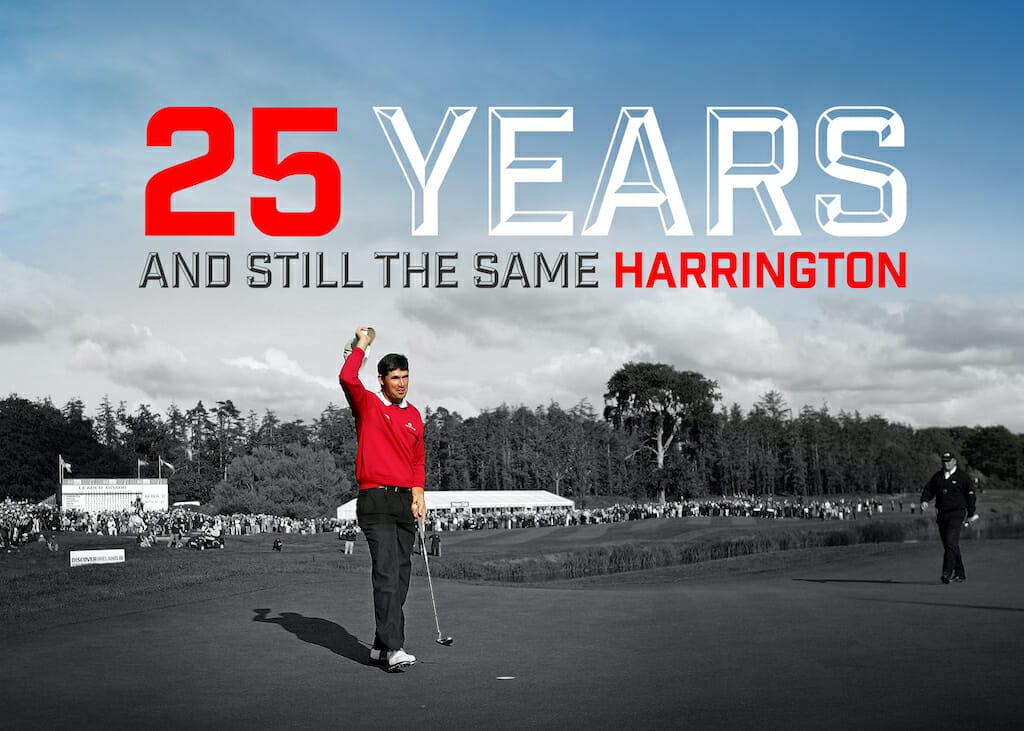









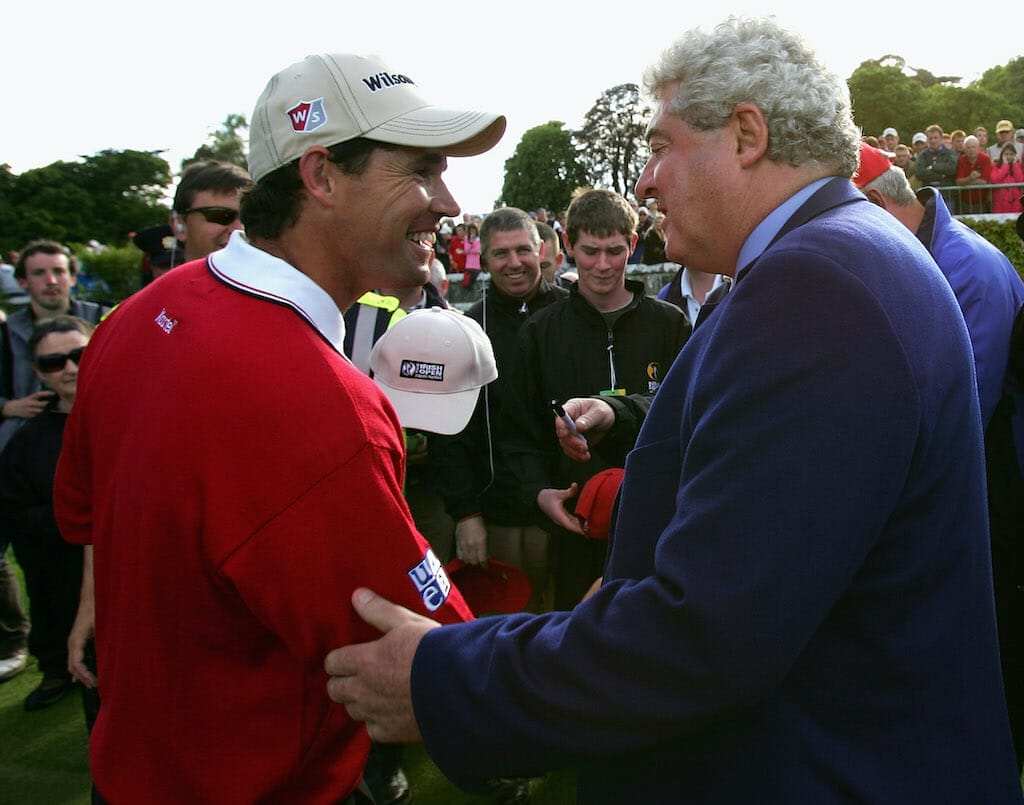
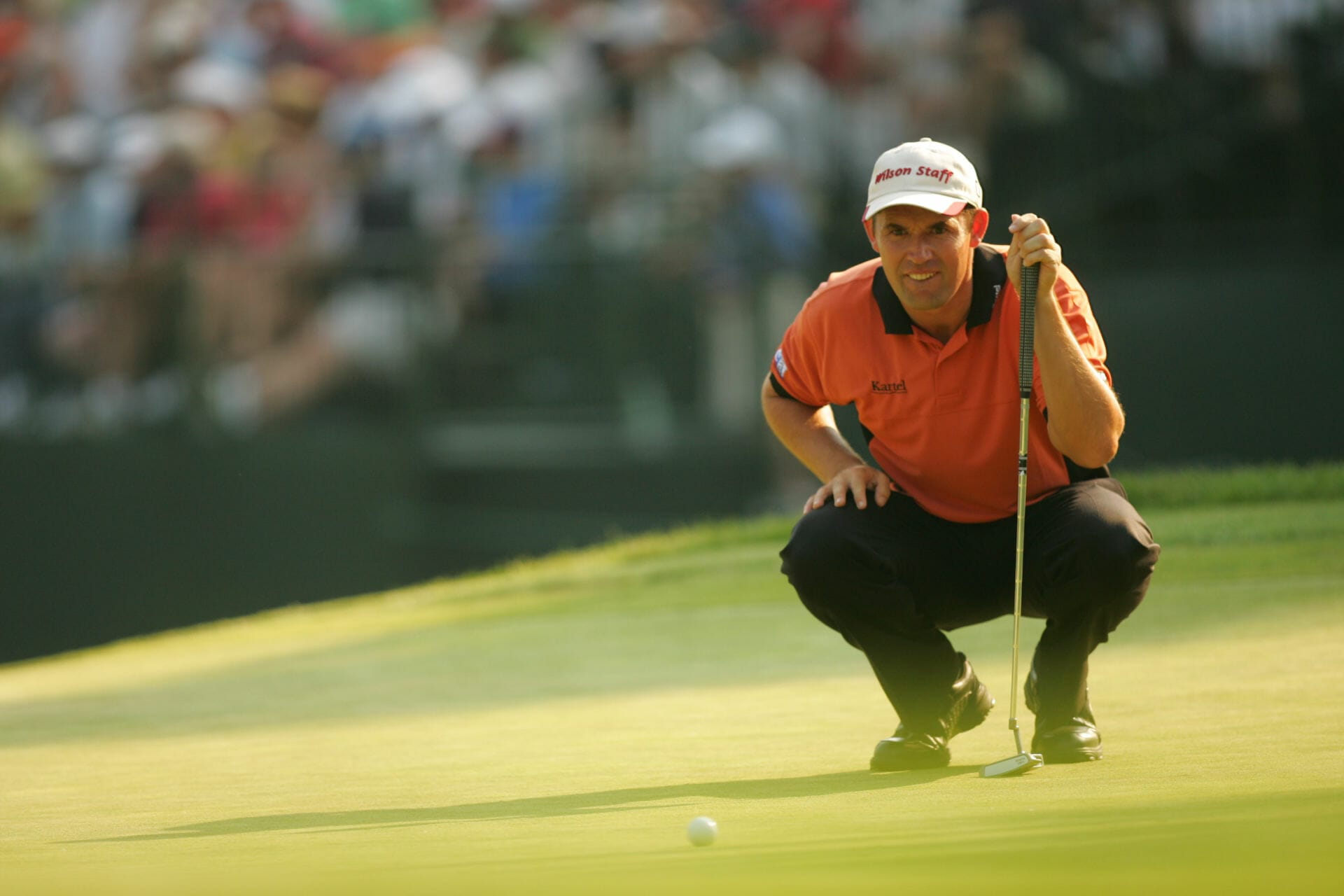

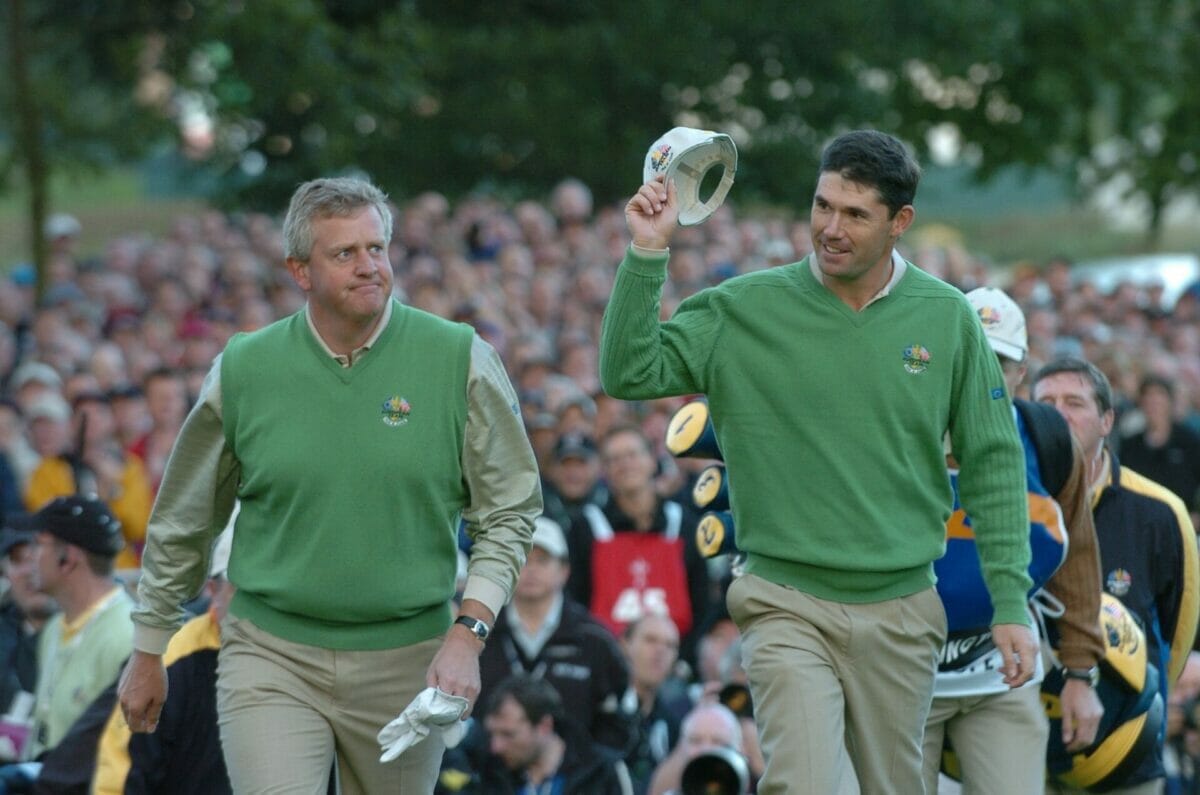

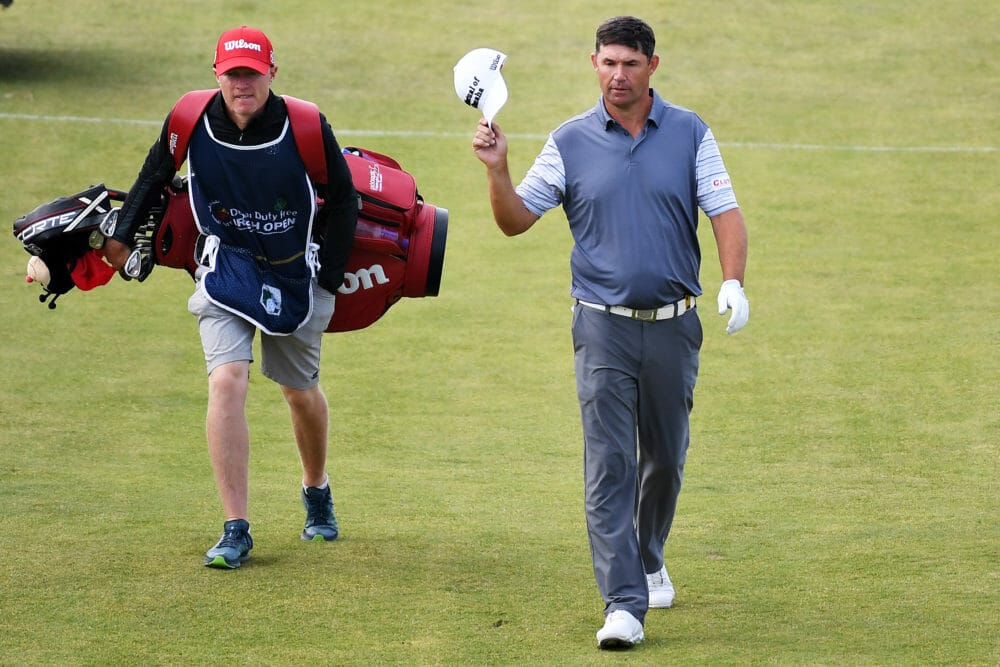
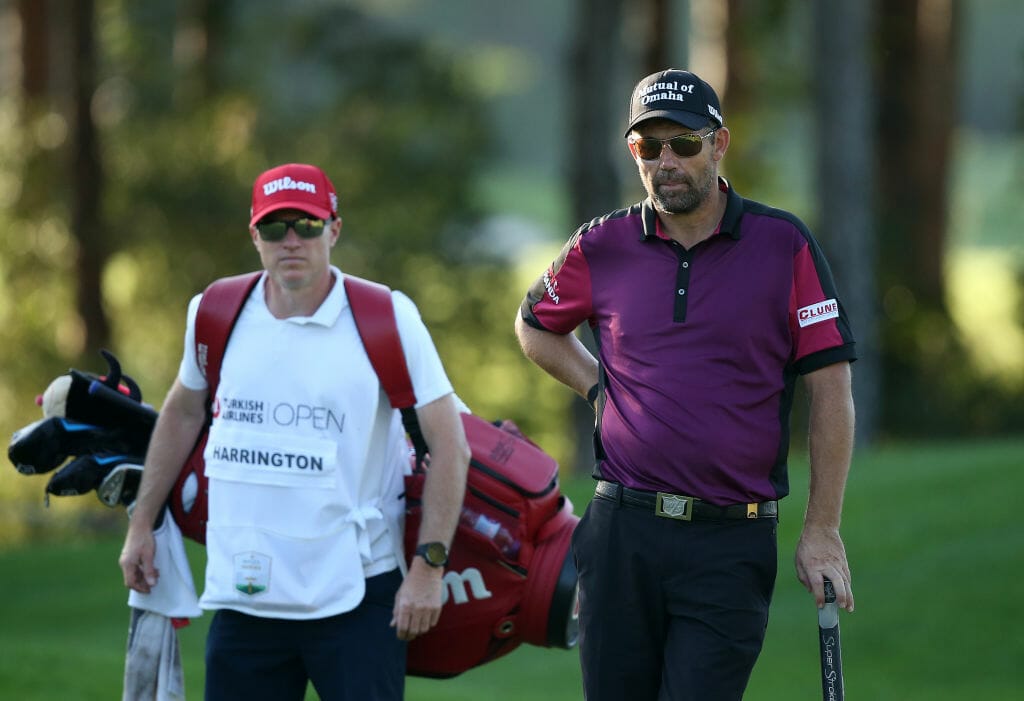













Leave a comment